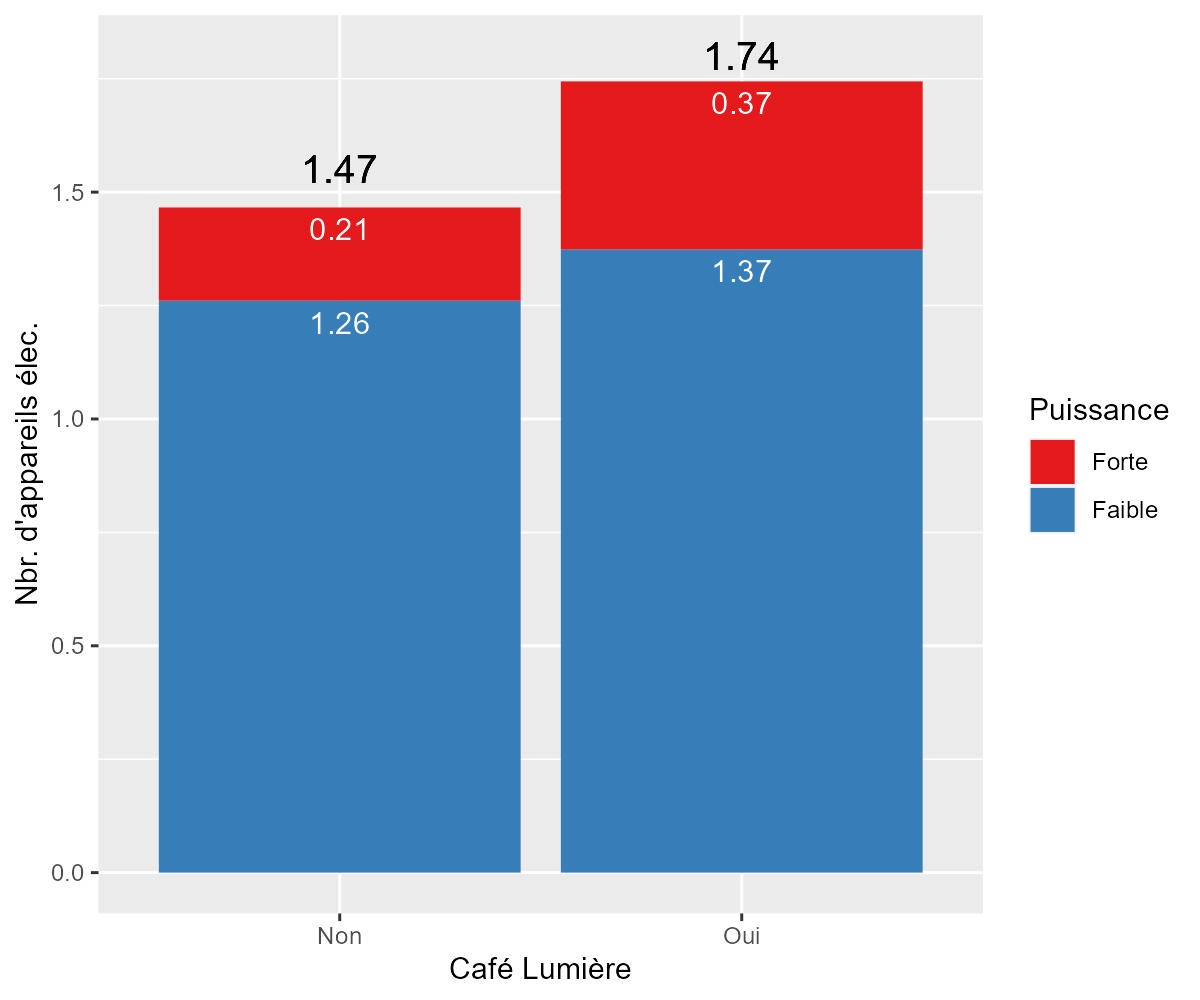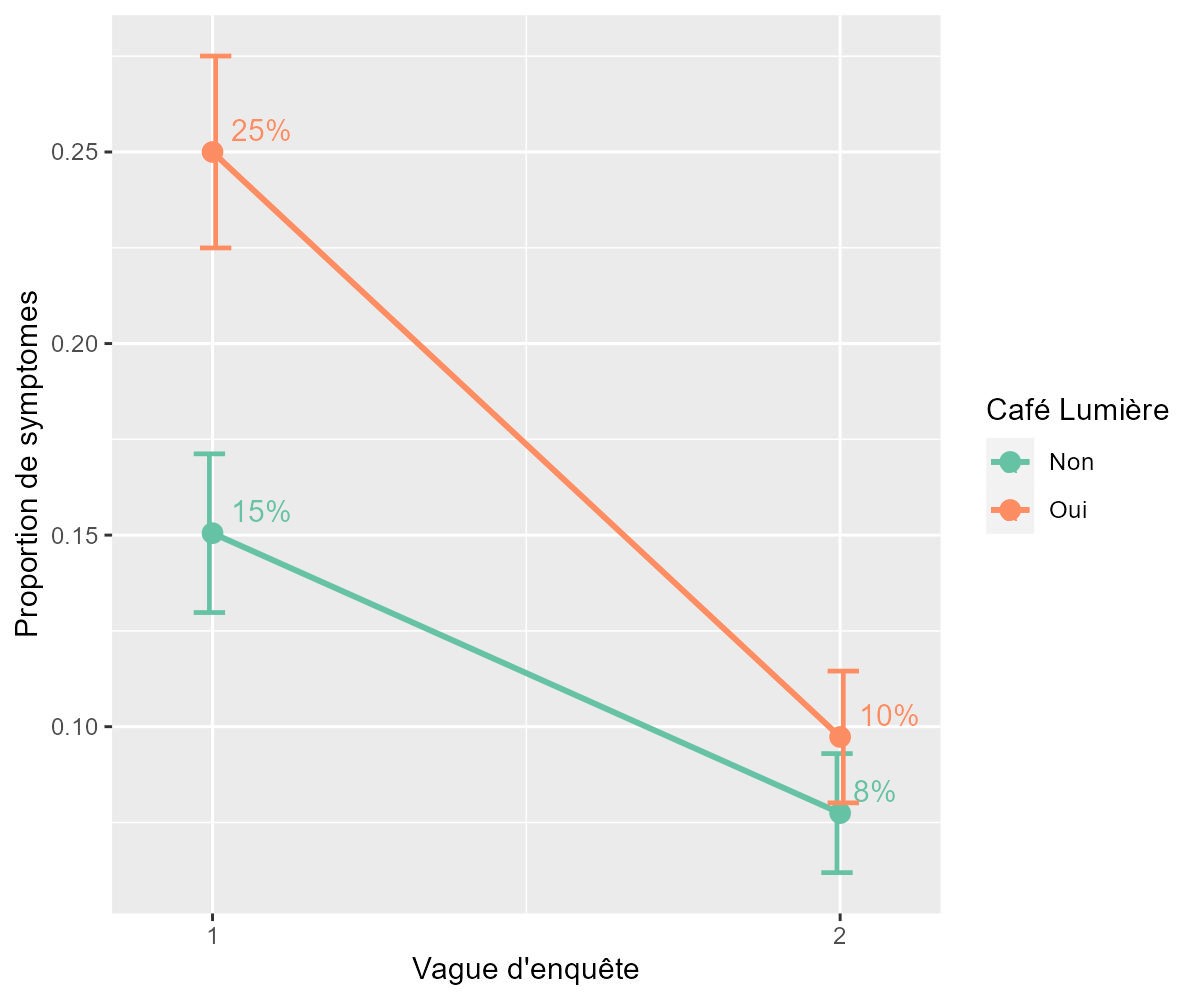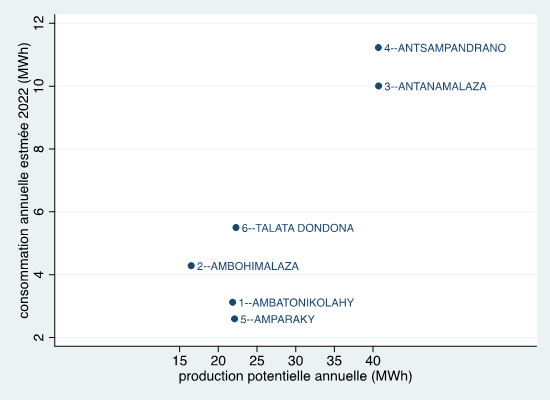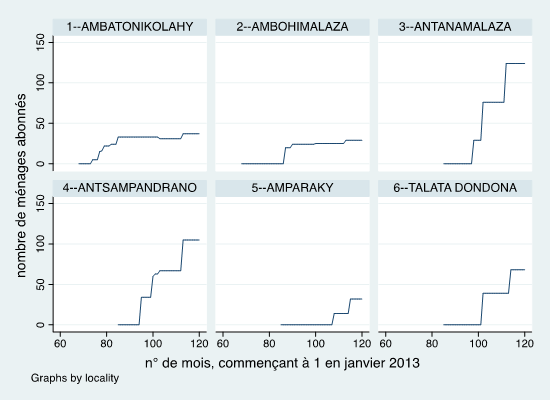A report from the Central Bank of West African States shows that the bank account penetration rate in Sub-Saharan Africa increased from 19% to 21.8% between 2020 and 2021. This…
A report from the Central Bank of West African States shows that the bank account penetration rate in Sub-Saharan Africa increased from 19% to 21.8% between 2020 and 2021. This has been a steady and sustained trend over the last ten years, but it still places the countries of the UEMOA zone among those with the lowest bank account coverage in the world.
This low rate deprives a large part of the population of basic financial services and limits their participation in the formal economy. Today, this lag is largely offset by the massive adoption of new financial technologies (FinTech) on the continent, notably mobile banking, even more so since the Covid period.
On the same subject : African SMEs have potential to be at the forefront of tomorrow’s digital world
Entreprenante Afrique talked to Omar Cissé, founder of InTouch, a pan-African fintech launched in 2014 offering a pan-African, tailor-made digital solution for secure payment management, providing users with a single platform for administering almost all payment methods present in the countries where InTouch is deployed.
Omar Cissé shares his thoughts on the trajectory of InTouch since its creation, the factors behind its success, and what FinTech brings to the African economic landscape and to entrepreneurs in particular.
Entreprenante Afrique : In less than ten years, InTouch has made its mark on the African FinTech landscape. Is InTouch today a unicorn?
 Omar Cissé : We hope to be by 2027. Since 2022, we have maintained positive EBITDA, marking a significant milestone towards profitability. We are intensifying our efforts to expand our business further.
Omar Cissé : We hope to be by 2027. Since 2022, we have maintained positive EBITDA, marking a significant milestone towards profitability. We are intensifying our efforts to expand our business further.
189 million transactions, amounting to a total transaction volume of €2,730 million.
The initial version of InTouch was launched in 2015, and by 2017, we had facilitated approximately 5 million transactions. However, the pivotal moment came with the onset of the Covid-19 crisis. When sanitary measures were implemented, businesses of all sizes sought to transition to digital payment methods. Since then, this trend has only gained momentum. In 2024, we processed 189 million transactions, amounting to a total transaction volume of €2,730 million.
Now, InTouch operates in 16 countries, with plans to expand to 25 by 2025. We accommodate nearly 300 different payment methods and operate through 48,000 TouchPoints across our operational countries.
Entreprenante Afrique : How do you explain this rapid growth?
In addition to external factors such as Covid and technological development, the human factor stands out as a pivotal factor. What began with a team of four in 2015 has now expanded to include 400 professionals, encompassing developers, sales representatives, and a diverse array of roles. These team members are distributed across the regions where InTouch operates, organized into hubs – such as Côte d’Ivoire for West Africa, Kenya for East Africa, Cameroon for Central Africa, and Egypt for North Africa. This approach enables us to deliver customized services and foster closer relationships with our clients.
The second factor contributing to our success is our shareholders and strategic partners, including the TotalEnergies group, CFAO, and Worldline, who have played a pivotal role in our advancement through technology transfer.
a solution for efficiently managing a large volume of small transactions across various channels, all within a unified platform.
The third factor is our access to financial resources. Since our inception, we have raised between 7 to 9 million euros every two years. The fintech sector is one of the most attractive investment segments within the African technology landscape.
The final key factor driving our growth is the trust we have established with our customers and investors since the inception of InTouch.
What sets InTouch apart is our ability to provide customers at any stage of development—whether start-ups, SMEs, or large corporations—with a solution for efficiently managing a large volume of small transactions across various channels, all within a unified platform. This simplifies the monitoring and reporting of financial operations.
Entreprenante Afrique : To what extent is FinTech, and InTouch Group in particular, changing the African economic landscape? Are you in competition with the traditional financial sector ?
Omar Cissé :
We do not view ourselves as competitors to banks or microfinance institutions. Instead, we position ourselves as technical partners, digitizing financial relationships. InTouch addresses the gap left by the slow adoption of banking services, such as providing small traders access to nano-credits at very affordable rates through a dedicated platform. While still a pilot project, our partnerships with microfinance institutions enable these operations, as InTouch is not a financial institution in the traditional sense.
the rise of FinTech carries in its wake the promise of financial inclusion for the greatest number
Small companies have been our primary focus since inception. Our customer base includes 16,000 small traders in Senegal and 34,000 across our portfolio. Prior to InTouch, my experience with companies through CTIC Dakar and Teranga Capital revealed that payment management is a significant challenge for entrepreneurs, especially in Africa. Offering these companies the ability to accept various payment methods is truly transformative. It encompasses secure payment handling, precise invoicing, and a tracking system that boosts productivity. This leads to clearer financial insights and analysis for entrepreneurs.
In broader terms, the rise of FinTech carries in its wake the promise of financial inclusion for the greatest number, the democratization of basic financial services: banking services, payment systems, credit, savings, insurance, etc.




